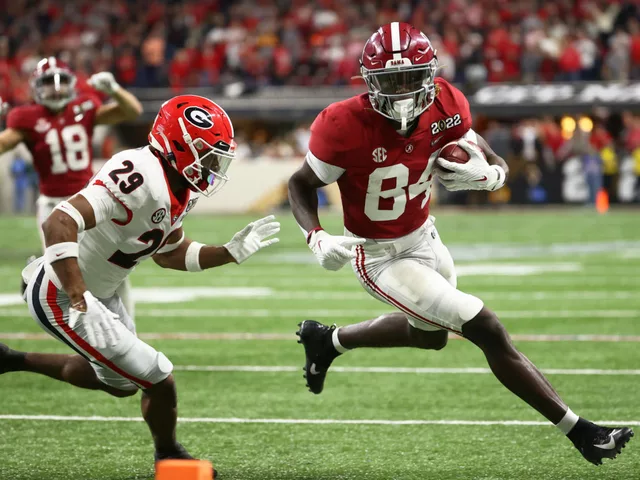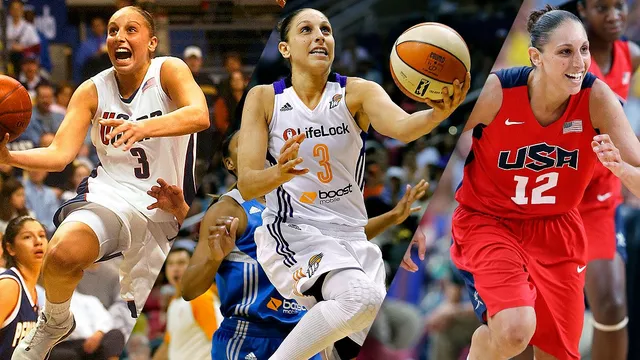Risk in Sports: What It Means for Players and Fans
Every time a fighter steps into the cage or a quarterback lines up for a snap, risk is part of the game. It isn’t just about the chance of losing; it’s about injuries, split‑second decisions, and how those moments affect a career. Understanding risk helps you enjoy the action without getting surprised when something goes wrong.
Why risk matters in sports
Risk drives the drama that keeps us glued to the screen. A knockout punch, a hard tackle, or a missed jump can change the whole story in seconds. That uncertainty is why we cheer, why we argue, and why we keep coming back. It also pushes athletes to train harder, perfect technique, and build mental toughness.
But risk isn’t only excitement. It’s a real threat to health. In boxing, repeated blows to the head can cause long‑term damage. In football, concussions and ACL tears are common headlines. Knowing the danger makes fans more empathetic and encourages leagues to improve safety rules.
How athletes control risk
Smart athletes treat risk like a math problem. They weigh the payoff against the danger and adjust their approach. For a striker, that might mean choosing a clean shot over a risky one‑on‑one. For a mixed‑martial‑arts fighter, it could mean training defensive moves that reduce the chance of a knockout.
Training is the biggest risk‑reducer. Strength‑and‑conditioning programs shore up muscles that protect joints. Repetitive drills build reflexes that let a player react before a collision happens. Nutrition, sleep, and mental coaching also play roles – a well‑rested body makes fewer mistakes.
Equipment upgrades add another layer of safety. Modern helmets, mouthguards, and padded gloves lower the impact of hits. Some leagues now require concussion protocols: if a player shows signs of a head injury, they sit out until cleared. These rules might slow the game down, but they keep careers longer.
Finally, coaches and officials set the tone. A coach who emphasizes proper technique over brute force teaches players to avoid dangerous situations. Referees who enforce penalties for illegal hits send a clear message that reckless behavior won’t be tolerated.
For fans, knowing how athletes manage risk changes the way you watch. You start to notice the little adjustments – a fighter tightening his guard, a quarterback checking his footwork, a player opting for a safer pass. Those choices are the invisible side of the game that make the visible action more thrilling.
Risk will always be part of sports; it’s what makes them unpredictable. But with smart training, better gear, and strict rules, athletes can keep the danger at a manageable level. That balance gives us the nail‑biting moments we love while protecting the people who make the sport possible.





